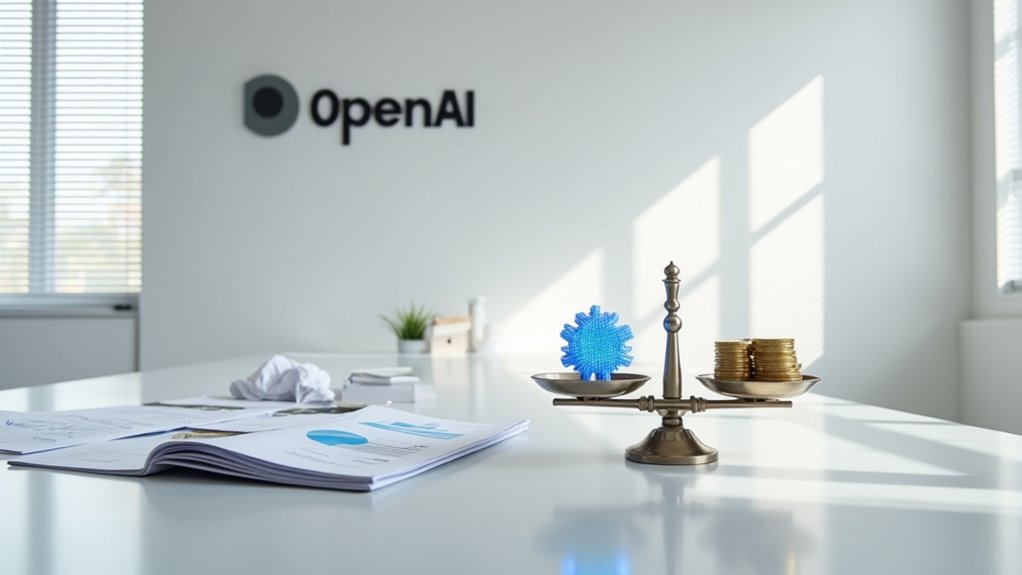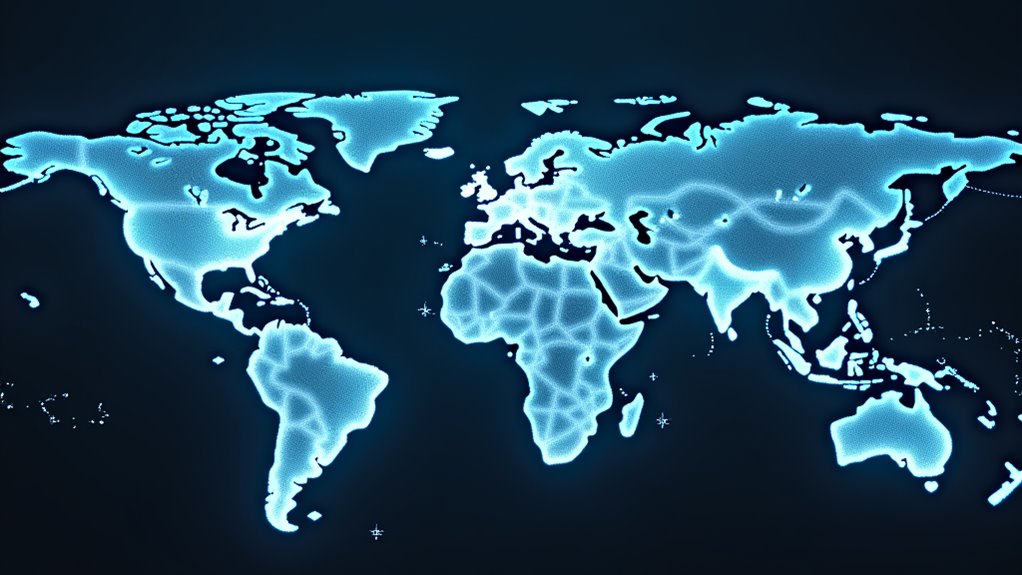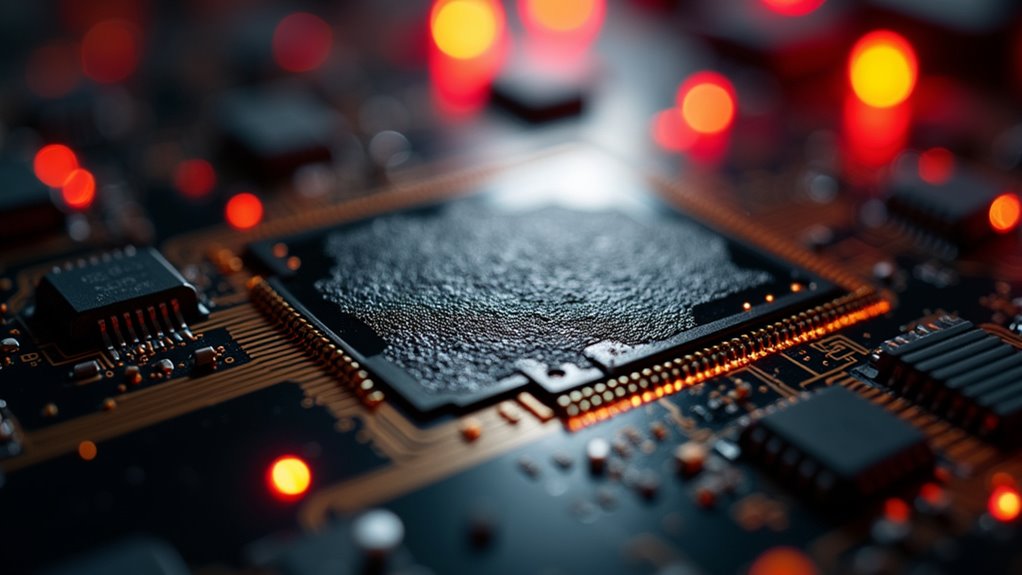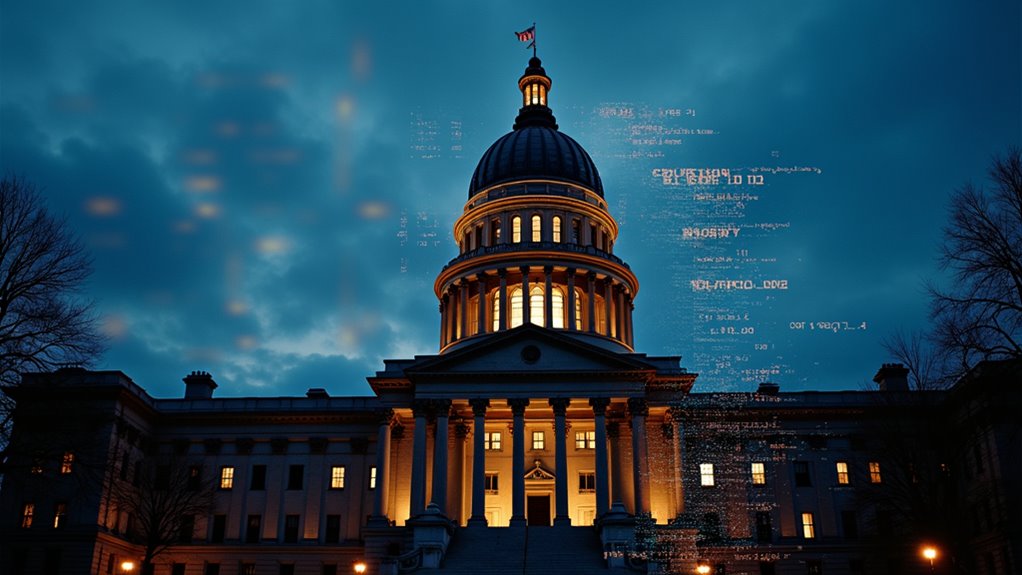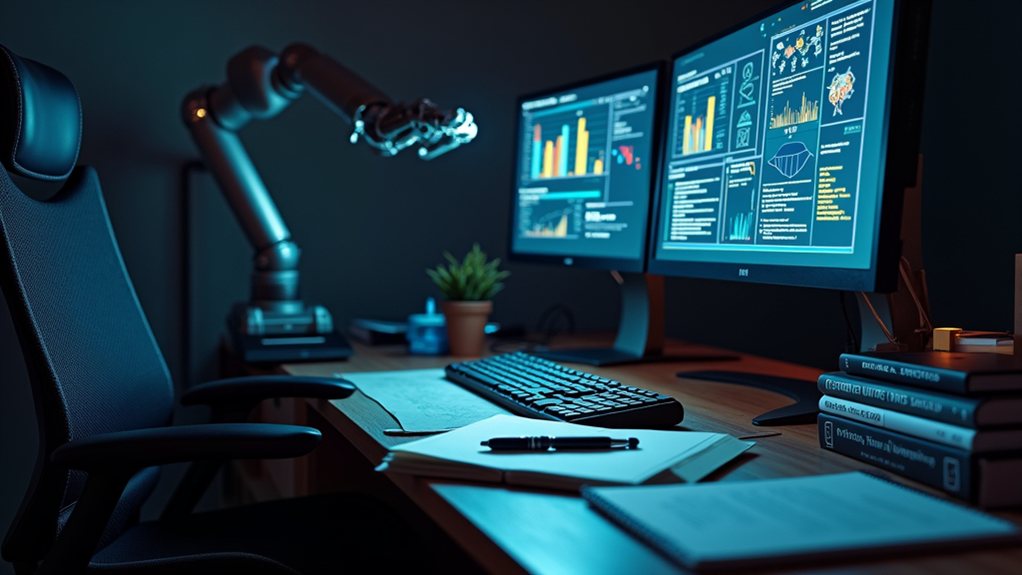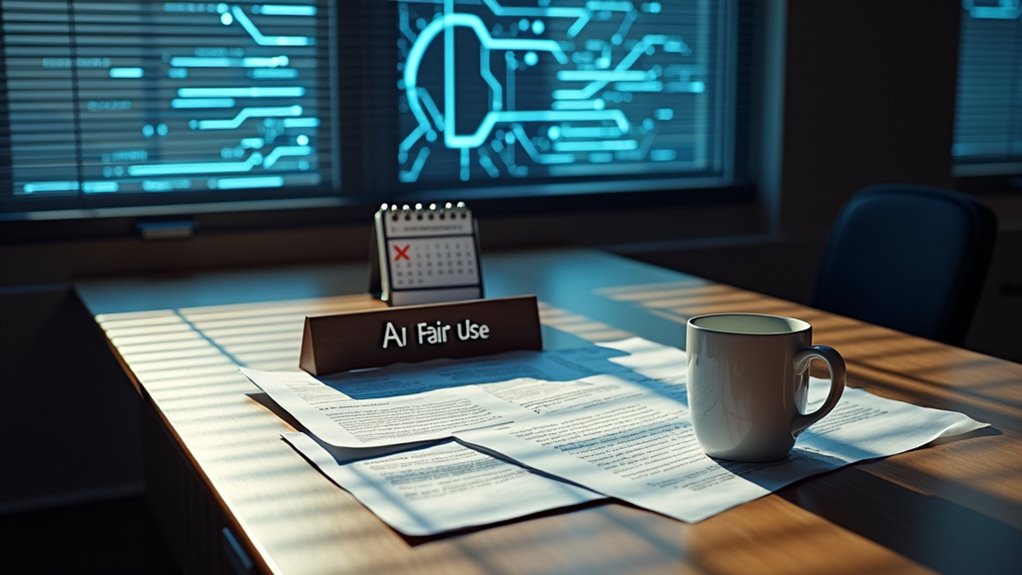OpenAI has dramatically reversed course on becoming a fully for-profit company. Following intense backlash from Elon Musk (who sued his former pals) and concerned stakeholders, the $300 billion AI powerhouse announced on May 5, 2025, it would maintain nonprofit oversight of commercial operations. CEO Sam Altman’s pivot to “capitalism with guardrails” attempts to balance the need for trillions in funding with ethical AI development. The saga reveals just how complicated keeping AI “friendly” might be.
After pursuing a controversial shift toward a fully for-profit model for more than a year, OpenAI has abruptly reversed course on May 5, 2025, choosing to maintain nonprofit control over its commercial operations.
The AI powerhouse, valued at a staggering $300 billion, had been inching toward a complete corporate restructuring until unexpected pushback forced a dramatic U-turn.
CEO Sam Altman framed the decision as merely simplifying things: “We’re just moving to a normal capital structure where everyone has stock.”
Just a little corporate housekeeping, nothing to see here—only rearranging the billions while keeping our halo intact.
But don’t be fooled, folks. This was no casual pivot. The company had been in deep discussions with California and Delaware attorneys general after facing a hurricane of opposition.
The reversal in strategy could create new operational difficulties as the company attempts to balance nonprofit oversight with commercial interests.
The resistance was led by none other than Elon Musk, who sued his former collaborators, claiming they were betraying their original mission to benefit humanity.
Think of it as a tech billionaire family feud, but with global implications. Musk’s lawsuit, despite losing its bid for a temporary injunction, continues moving toward a jury trial in spring 2026.
Supporting Musk’s crusade were former OpenAI employees, nonprofits, labor unions, Nobel laureates, and legal scholars.
They bombarded officials with letters and amicus briefs that fundamentally said: *This is not what AI for the benefit of humanity looks like.*
Financial realities had driven OpenAI’s profit pursuit. Training advanced AI models costs billions, and Altman had previously suggested the company might need “trillions of dollars” to achieve its vision.
The nonprofit structure simply couldn’t attract that kind of cash.
Investors had placed significant pressure on the company with a two-year deadline to complete the transition, further complicating OpenAI’s decision-making process.
With OpenAI at the forefront of a global AI market projected to reach $1.85 trillion by 2030, the stakes for maintaining ethical oversight couldn’t be higher.
Under the new arrangement, OpenAI will still transform into a public benefit corporation, but—and this is vital—the nonprofit will remain a major shareholder.
It’s like the company is saying, “We’ll take your money, but we won’t sell our soul.”
For a company that began nearly a decade ago as a nonprofit focused on safe AI development, this represents a return to its roots, albeit with a pragmatic twist.
Call it capitalism with guardrails, if you will.
